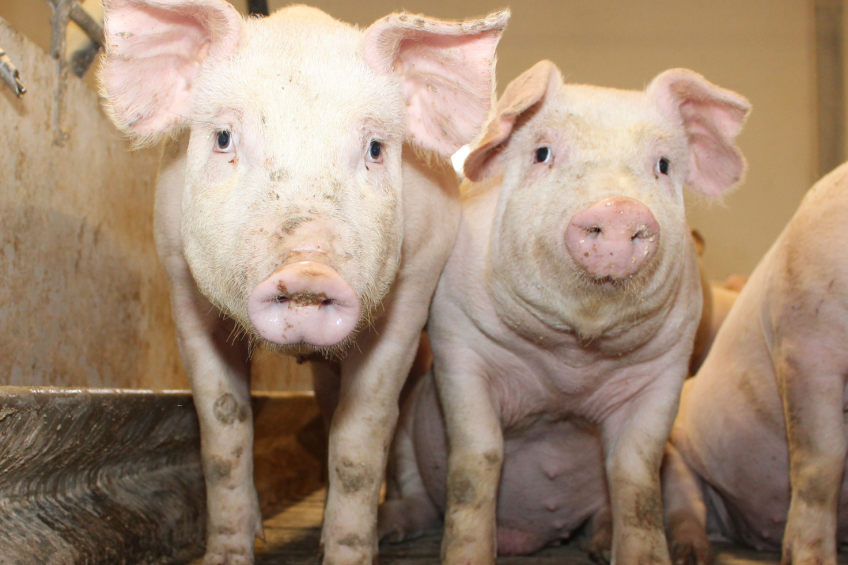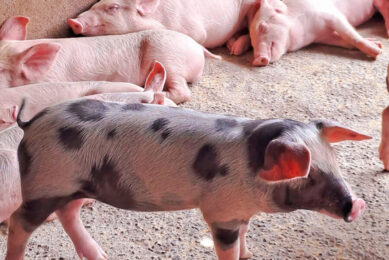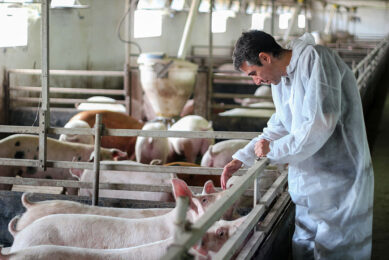Antibiotic use affects resistant bacteria in soil

The use of animal manure increases the antibiotic-resistant genes in soil content. This is reported in an article written by Danish and British scientists.
The article was published in the scientific journal Nature Scientific Reports and was the result of a study which has been lasting for a very long time now, a press release of Aarhus University, Denmark, reported.
Analyses have been performed at the Danish Askov Experimental Station by British scientists, using soil samples regularly collected since 1923.
The research shed new light on the interaction between the use of animal manure and the appearance of genes for antibiotic resistance in soil.
Abundance of resistant genes increasing
Demonstrated was that when a certain type of antibiotic is phased in, the abundance of resistant genes in soil increases. When the antibiotic is phased out again, the abundance of resistant genes drops – and this happens relatively quickly. The scientists also found a correspondence in time between the first detection of antibiotic resistance in the health service and the detection of such genes for resistance in soil that had received applications of animal manure.
The experts studied the specific β-lactam antibiotic resistant genes. Particularly this group of antibiotics is of considerable importance to human medicine. The resistant genes were chosen because their first appearance in the health system is well-documented.
Low levels of resistant genes before 1960
“We found low levels of the resistant genes before 1960, both in manured soil and in soil treated with inorganic fertiliser,” Prof Bent Tolstrup Christensen, Aarhus University, said in the press release.
“Our analyses show a clear increase in the soil receiving animal manure. In the mid-1990s, the use of antibiotics as a growth promoter fell. This led to a corresponding rapid fall in the soil abundance of β-lactam antibiotic resistant genes.”
Throughout the period, the soil receiving inorganic fertiliser had very low levels of the resistant genes.
Development of the health service
The press release also points to another important link: that the development of the abundance in soil of β-lactam antibiotic resistant genes closely trails observations of their development in the health service. The timing of the first appearances of the resistant genes in the health service corresponds to the timing of their highest abundance in soil.
Although the development in the abundance of resistant genes in soil mirrors what you see in the health service, research has not yet made a connection between the two. The results show, however, that the phasing out of antibiotics can swiftly lead to a reduction in the incidence of resistance – and that is good news, said Christensen.
Growing levels of integrons in manured soil
The story does not end here. Analyses of the historical samples also showed another development that is more worrying. Since 1990 there has been a growing level of integrons in manured soil. Integrons promote the exchange of genetic material between bacteria and can therefore accelerate the development of new resistance.
Prof Graham, Newcastle University, explained, “The rising level of integrons after 1990 in manured soil could indicate that through our efforts to reduce antibiotic resistance, we have unintentionally increased resistance gene exchange and more study is needed on the use of animal manure.”
The study was written by authored by Prof David W. Graham and Jan Dolfing, Newcastle University, UK; Prof Bent Tolstrup Christensen, Aarhus University, Denmark; Dr Charles Knapp and Seánín McCluskey, Strathclyde University, Scotland, UK.
 Beheer
Beheer








 WP Admin
WP Admin  Bewerk bericht
Bewerk bericht